How much do warehouses cost?
It’s impossible to give a complete answer to this question in one sentence or even one paragraph.
Here’s the simplest answer: the final cost of a warehouse depends on its size, materials, and whether you’re buying or building it.
However, a 1,200-square-foot warehouse starts at $33,600.
If you’re interested in warehouse costs, you likely have these questions, too.
What is the average warehouse cost per square foot?
How much does it cost to buy a warehouse?
How much does it cost to build a warehouse gym?
How much does it cost to build a metal warehouse
How much does it cost to build a concrete warehouse
Knowing your warehouse building cost is crucial before committing.
Without an official warehouse price, you might spend more than you want on things you won’t need.
Thus, it would be best to learn more about warehouse construction costs.
Let’s begin.
How Much Does It Cost To Build a Warehouse?
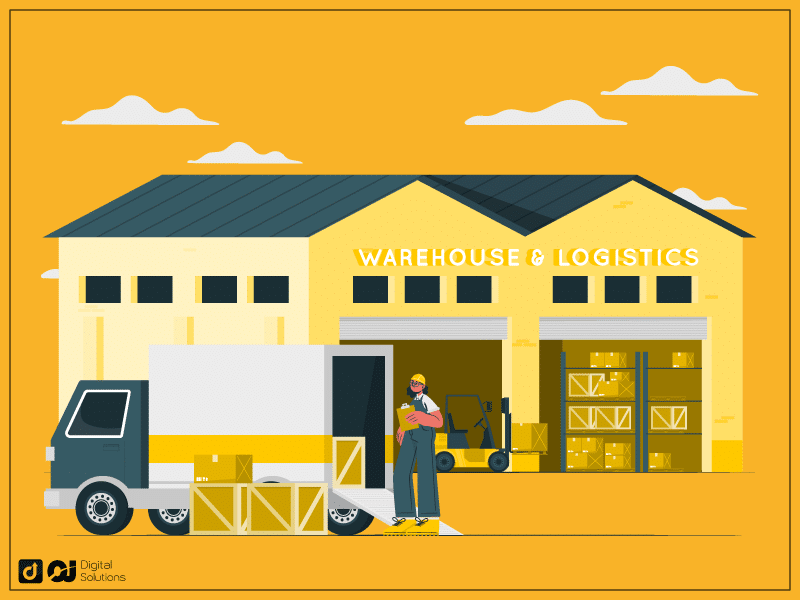
Your warehouse building cost can vary depending on multiple factors.
However, here are the average construction costs by size.
Cost to build a 1200 sq ft warehouse – $33,600 ($28 per square foot)
Cost to build a 2000 sq ft warehouse – $54,000 ($27 per square foot)
Cost to build a 2400 sq ft warehouse – $62,200 (approximately $26 per square foot)
Cost to build a 3000 sq ft warehouse – $75,000 ($25 per square foot)
Cost to build a 5000-square-foot warehouse – $120,000 ($24 per square foot)
Cost to build 10000-square-foot warehouse – $230,000 ($23 per square foot)
Cost to build 20000-sq-ft warehouse – $450,000 ($22.50 per square foot)
Cost to build a 25000 sq ft warehouse – $575,000 ($23 per square foot)
Cost to build a 50000 sq ft warehouse – $1,150,000 ($23 per square foot)
Note: I didn’t include the price of land in my calculations.
The numbers above don’t apply to all warehouse construction. You’ll have to consider other factors when building a warehouse project.
Size
Location
Materials
Design
Use Case
How Size Affects Your Warehouse Construction Cost
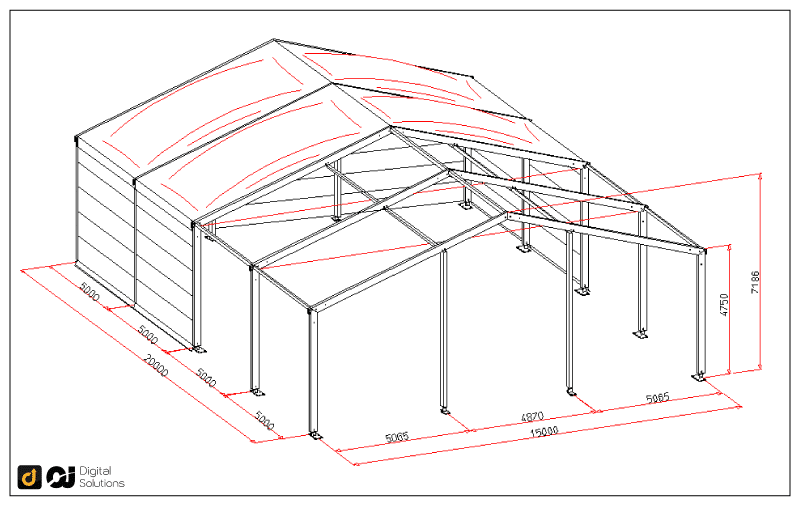
The larger your warehouse construction, the more it will cost you. However, as you scale your warehouse construction, you’ll save more per square foot since you can buy materials in bulk.
Larger warehouses require specialized materials, construction equipment, and professional services. You might save if you construct private or industrial warehouses less than 500 square feet in size, which isn’t enough space for some businesses.
You can also hire contractors and ask them to lower soft costs since you give them a larger project. You’ll spend $5 less per square foot on a 10,000-square-foot warehouse than on a 1,200-square-foot warehouse.
However, the cost per square foot stays largely unchanged after 10,000 sq ft at approximately $23 per square foot.
You might save more by constructing a warehouse larger than 50,000 square feet, but it depends on your contractors, materials, and other factors.
How Location Affects Your Warehouse Construction Cost
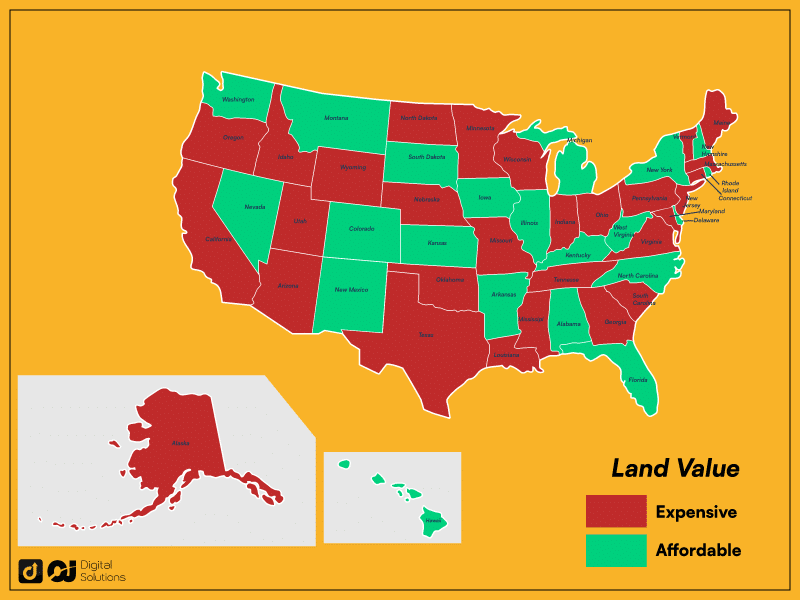
Depending on your location, you might have to pay more per square foot of your warehouse construction project due to the cost of land, labor, and materials.
If you construct a steel warehouse somewhere inaccessible, you need to have materials delivered, which results in additional financing costs.
On the other hand, if your warehouse construction project is too close to the city, you might need to pay more for labor and other professional services.
Although constructing your steel buildings closer to the city might cost more, you can save money on your steel warehouse in the long term. If you consistently have trucks traveling to and from the city’s center to your warehouse, you’ll spend more on soft costs like transportation.
Specialized labor costs more and is harder to source in particular areas. Thus, your warehouse construction costs increase since you may need to fly out specialists to build your warehouse.
How Materials Affect Your Warehouse Construction Cost
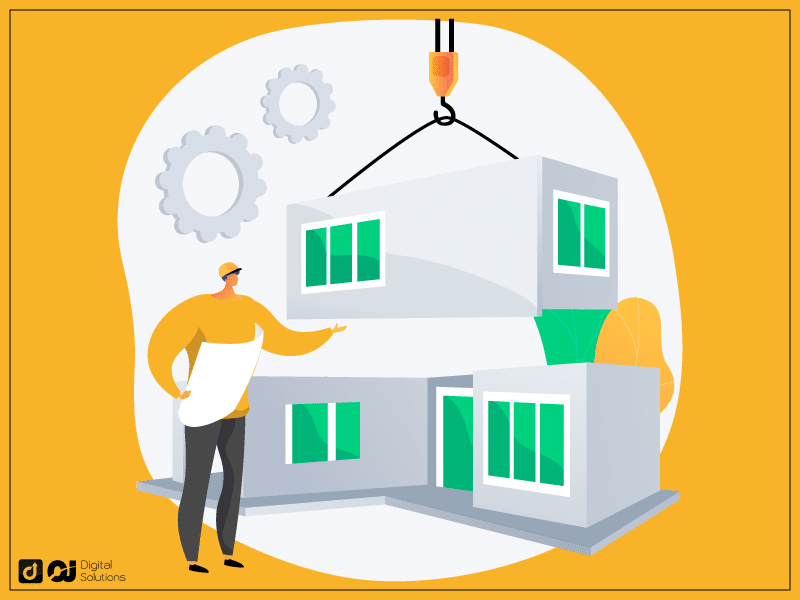
When constructing a warehouse, do you want concrete or steel buildings?
Steel buildings are standard warehouses relying on steel structures and can cost less than even concrete slab foundations cost.
Steel buildings can perform basic warehouse functions like storing simple items (often non-perishable or not sensitive to temperature). However, storing fruits, fish, and other highly-perishable items requires a more sophisticated building like a cold storage warehouse.
Aside from concrete or steel buildings’ basic structures, you must consider insulation, roof, glass, and other materials.
Steel prices significantly affect your next warehouse construction project if you plan on constructing steel buildings.
Some materials are cheaper but will result in higher maintenance costs later. When constructing a metal building, consider long-term and upfront costs.
How Design Affects Your Warehouse Construction Cost
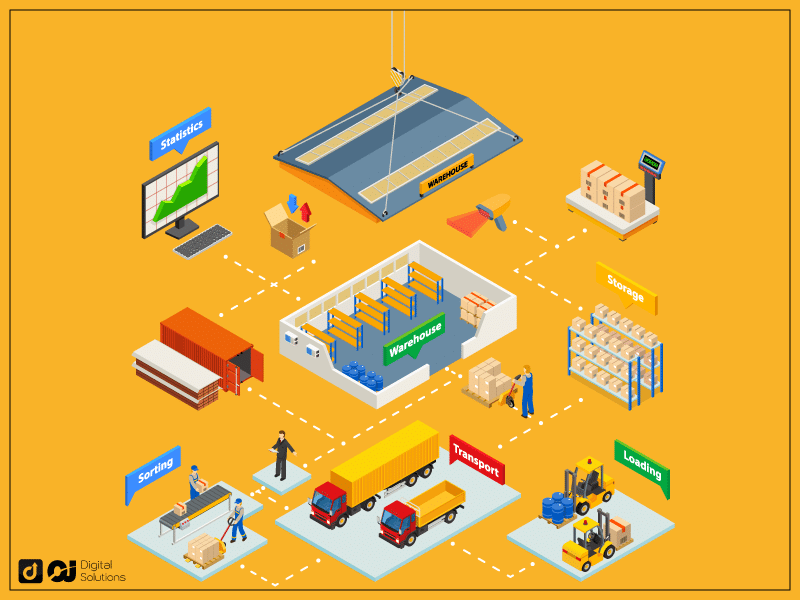
If your next warehouse construction project deviates from standard warehouse construction projects, you’ll pay more in hard and soft costs. Aside from sourcing unique materials, you’ll need professionals to ensure your job site comes out as expected.
If you’re working with a pre-engineered metal building, you’ll spend more modifying the steel construction to fit your design. Aside from the overall shape of your steel building, you can also modify the roof and layout of your project.
You’ll also spend more on labor costs if you want your warehouse building to serve multiple purposes, not just as industrial space.
Besides your desired design, you’ll need a professional to ensure your steel construction adheres to local building codes.
A steel building won’t follow the average costs of building a warehouse. You can spend over $100 per square foot due to additional material costs, sophisticated systems, and aesthetically complicated design architecture.
How Use Case Affects Your Warehouse Construction Cost
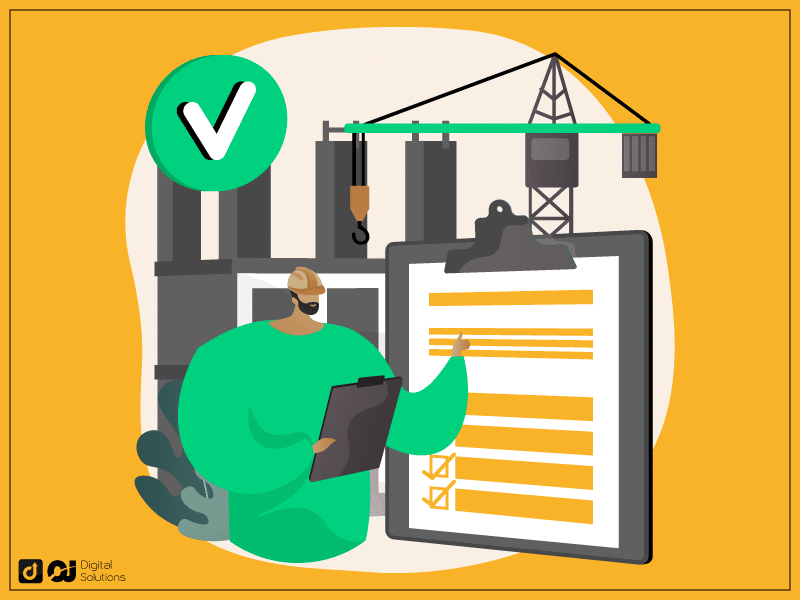
If you’re dealing with specific storage, you’ll need sophisticated systems like life safety systems or HVAC systems.
For full climate and environmental control of your steel building, you’ll also need to hire a structural engineer and a systems specialist (for your chosen system).
Ensure you can afford your systems and get a cost estimate beforehand, especially if you take a construction loan. Environmental control, for example, can cost $35 to $70 per square foot.
Aside from that, you’ll also need to factor long term costs of the system you use. Some systems, for example, are less efficient than others and result in higher long-term costs for maintenance. Most steel buildings that use a special construction method require a special allowance if your site development costs more.
How Much To Build a Warehouse Gym
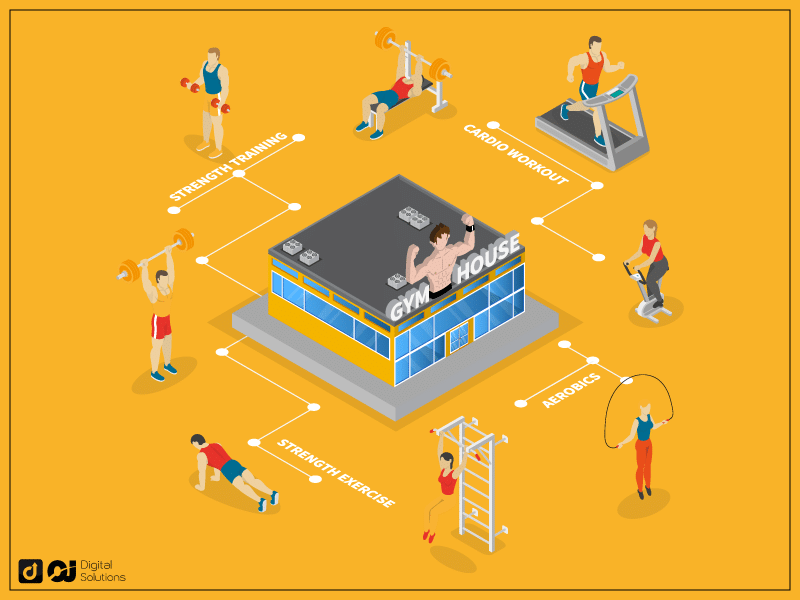
A warehouse gym is simple and cheap since you only need to pay for the structure and outer walls. A warehouse gym has few rooms or other complex designs inside.
The cheapest you can spend on a warehouse gym is $7,000 for the frame of a 1,000-square-foot warehouse shell and a few extra thousand dollars depending on your wall material.
How To Build a Warehouse
How much does a warehouse cost?
Consider the size, location, materials, design, and use case to determine the cost of warehouse construction.
Here’s how construction methods for warehouses should go.
Design Your Warehouse.
Your warehouse design, functionality, size, and other factors greatly affect construction costs. Choose an initial architectural design, functionality, and warehouse type.
Contact a Contractor.
Unless you plan to build the warehouse yourself, contact a contractor. The contractor can give you an estimated warehouse construction cost and construction timeline.
Make Adjustments.
Always factor in construction details in your cost considerations. If your design is too sophisticated and expensive, you can adjust it to simplify costs.
Secure Space
Real estate prices greatly affect your warehouse because they’re volatile. Thus, try to secure your spaces at reasonable rates (if you aren’t buying in cash).
How Much Does It Cost To Rent a Warehouse?
The average monthly rent for a warehouse is $0.85 per square foot and $0.25 in estimated operating expenses per square foot.
For a 1,200-square-foot warehouse that costs $33,600 to construct, you’ll rent it for $1,020 monthly. The cost of construction is equivalent to 33 months of rent.
A downside of building a warehouse is expanding after construction is expensive. If you build your warehouse in a place with no room for expansion, you’ll need to look for another location and build another warehouse from the ground up.
Before you build a warehouse, compare the costs of renting it locally. You might save more by renting a warehouse short term than building one.
Renting a warehouse gives you flexibility and room for easy expansion. Unless you have a consistent inventory, renting and expanding when your storage needs increase might make sense.
How Much Does It Cost To Buy a Warehouse?
Another option to get a warehouse is to buy one.
The question is: How much is a warehouse if you’re buying instead of building it?
The average cost per square foot of warehouse space was about $7.50 in 2020. Although the prices have likely changed, buying an already-constructed warehouse ranges from $11,000 to $800,000.
It usually costs more if the warehouse is closer to the city or in a good location. Another thing to consider is the condition of the warehouse.
The better the warehouse condition, the more expensive it costs. To maximize savings, look for an affordable warehouse in fixer-upper condition and work on the repairs with a small, efficient team.
What Are the Pros and Cons of Renting, Buying, and Building a Warehouse?
Before constructing a warehouse, let’s look at the pros and cons of each option.
Pros of Buying a Warehouse
You have more control.
You can design it the way you want.
You’ll keep it as an asset.
You can repurpose it later.
You can sell it when you no longer need it, possibly recouping the cost or making a profit.
You can offer unused space in your warehouse for rent and additional profit.
Cons of Buying a Warehouse
You may struggle to find the right location.
It can be challenging to find a trustworthy contractor.
You might spend more on construction than buying a warehouse.
You may not achieve your expectations.
You must compare prices from different contractors before construction, which takes time and resources.
Pros of Renting a Warehouse
You’ll buy a functional warehouse.
You can choose how long to rent.
You don’t have to deal with construction.
You can rent the exact type of warehouse you need.
You can pay only for the space you use.
You can always transition to a larger warehouse.
Cons of Renting a Warehouse
If you rent for a long time, you’ll spend as much or more than just buying or building a warehouse.
You could have an unreasonable landlord.
You might not have a good rental contract.
You have less control over what you can do with the warehouse.
Pros of Buying a Warehouse
You don’t need to worry about construction.
You can get good deals on fixer-uppers.
You can use the warehouse sooner than building one from scratch.
You can haggle with the seller (you can’t do this as much when you build one).
Cons of Buying a Warehouse
You can’t choose the initial structural design.
You might spend more to change the design than constructing a warehouse from scratch.
You might not find a warehouse in the location you want.
You need to investigate if the warehouse has any problems.
What Is the Cost To Build Concrete Tilt-up Warehouse Projects?
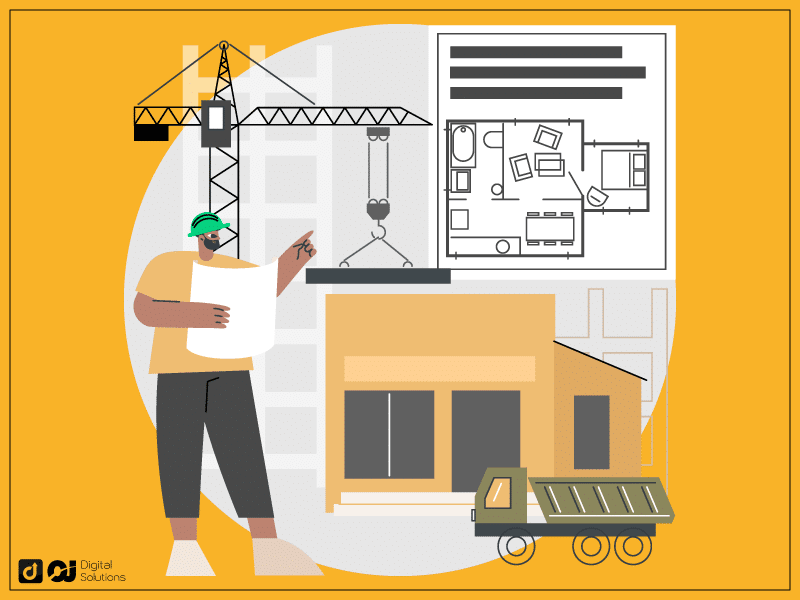
Another efficient warehouse building method is using the tilt-up wall style. While it may still require a concrete foundation, it has more cost and time advantages than steel warehouses.
What Is a Tilt-Up Wall?
A tilt-up wall is a structure that involves concrete slabs placed horizontally and tilted into place with a crane. These concrete wall slabs are also known as panels.
Instead of constructing from the ground up, you’ll build the warehouse wall by wall. Once you finish all the walls, all that’s left to construct is the roof.
Tilt-Up Wall Pros
You can save on construction time.
You can choose different wall styles.
You can choose the colors.
You can buy curved walls.
You can construct multi-room warehouses easily.
You can avail of packages for fast, all-inclusive construction.
You’ll spend little on maintenance.
You’ll have a small carbon footprint.
Tilt-Up Wall Cons
You won’t get as strong a structure as concrete or steel.
You’ll need to reconstruct your warehouse after 50 years.
You’re prone to more damage from a severe earthquake.
You can’t construct complex buildings.
You can only customize your warehouse to a certain degree.
What Is the Tilt-up Construction Cost?
The tilt wall construction cost per square foot is $25 to $40 per square foot, depending on what panels you want and the location of your warehouse. If you don’t have a tilt-up supplier in your county, you might spend more on transportation costs alone.
Prices also vary if you have a specific design you want your tilt-up wall to look like.
A 1,000 sqft tilt-up warehouse could cost $25,000 to $40,000 for the tilt-up wall.
What Is the Cost To Build Steel Warehouse Projects?
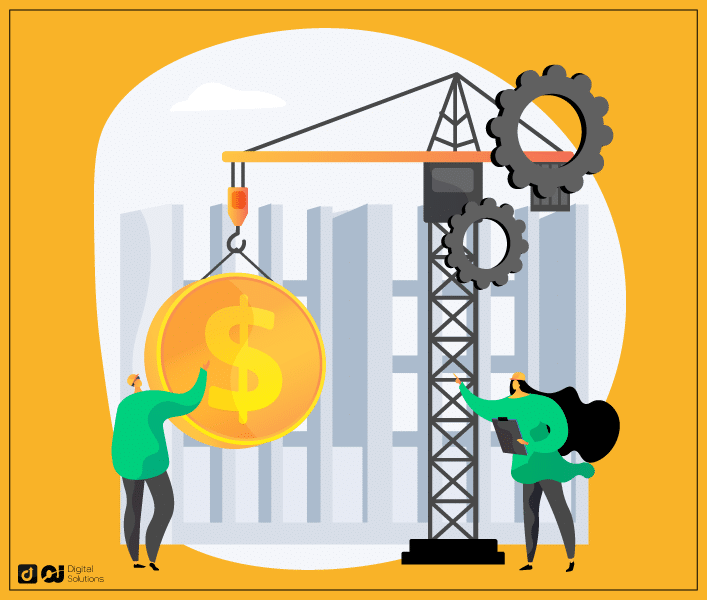
A steel building can cost just $7 to $12 per square foot.
You’ll spend around $7,000 to $12,000 for a 1,000-square-foot warehouse shell. However, you’ll still need to solidify the walls with concrete, more metal, or other materials.
The larger the warehouse, the less you’ll spend on material costs, which means you might spend just $3 to $8 per square foot. However, this cost only applies to large warehouses like a 100,000-square-foot steel warehouse.
What Is the Cost To Build Small Warehouse Projects?
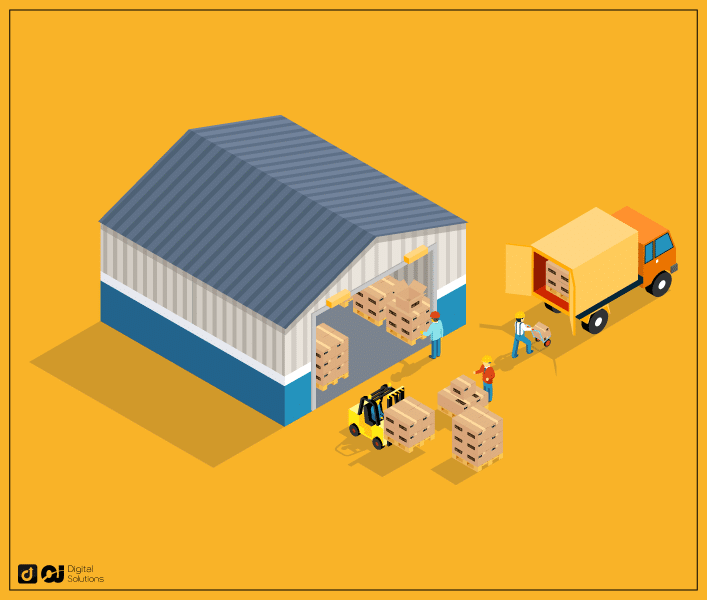
You can categorize a small warehouse project as a structure smaller than 1,000 square feet. However, in industrial terms, you can consider small warehouses below the 50,000 square foot average of 50,000.
The cost of smaller warehouses is higher since you’ll end up paying retail prices for materials and can’t haggle much with contractors.
Expect up to $50 per square foot on small warehouses, depending on their design, function, and materials. If you have a fully automated warehouse with environmental control and security systems, you might spend over $50 per square foot.
What Is the Cost To Build 5,000 Square Foot Warehouse Projects?
Here are the possible costs for a 5,000-square-foot warehouse.
$120,000 for a standard warehouse.
$125,000 to $200,000 for a tilt-up warehouse.
$35,000 to $60,000 for a steel warehouse shell (costs additional for the wall coverings and other additions).
What Is the Cost To Build 10,000 Square-Foot Warehouse Projects?
Here are the possible costs for a 10,000-square-foot warehouse.
$230,000 for a standard warehouse.
$250,000 to $400,000 for a tilt-up warehouse.
$70,000 to $120,000 for a steel warehouse shell (costs additional for the wall coverings and other additions).
What Is the Cost To Build 20,000 Square-Foot Warehouse Projects?
Here are the possible costs for a 20,000-square-foot warehouse.
$450,000 for a standard warehouse.
$500,000 to $800,000 for a tilt-up warehouse.
$140,000 to $240,000 for a steel warehouse shell (costs additional for the wall coverings and other additions).
Frequently Asked Questions (FAQs)
What Are the Different Types of Warehouse Costs?
Direct, indirect, fixed, variable, average, marginal, opportunity, and money costs are different costs you’ll incur when you have a warehouse.
What Is the Ideal Size for a Warehouse?
There’s no ideal warehouse size because every business has different needs. However, the average warehouse size is 50,000 square feet.
What Type of Wall Is Best for Warehouses?
Corrugated plastic is the most common wall contractors use for warehouses. This material is lightweight, durable, and easy to source and maintain.
The Bottom Line
I hope my guide made it easier for you to determine how much your warehouse might cost to build (or buy).
Remember, the figures I mentioned rely on the prices of materials and labor, which vary by location.
Contemplate the difference between renting, buying, or building a warehouse before committing.
Another possible storage solution you can consider is a shipping container. If you’re interested, learning how much shipping containers cost is best.






